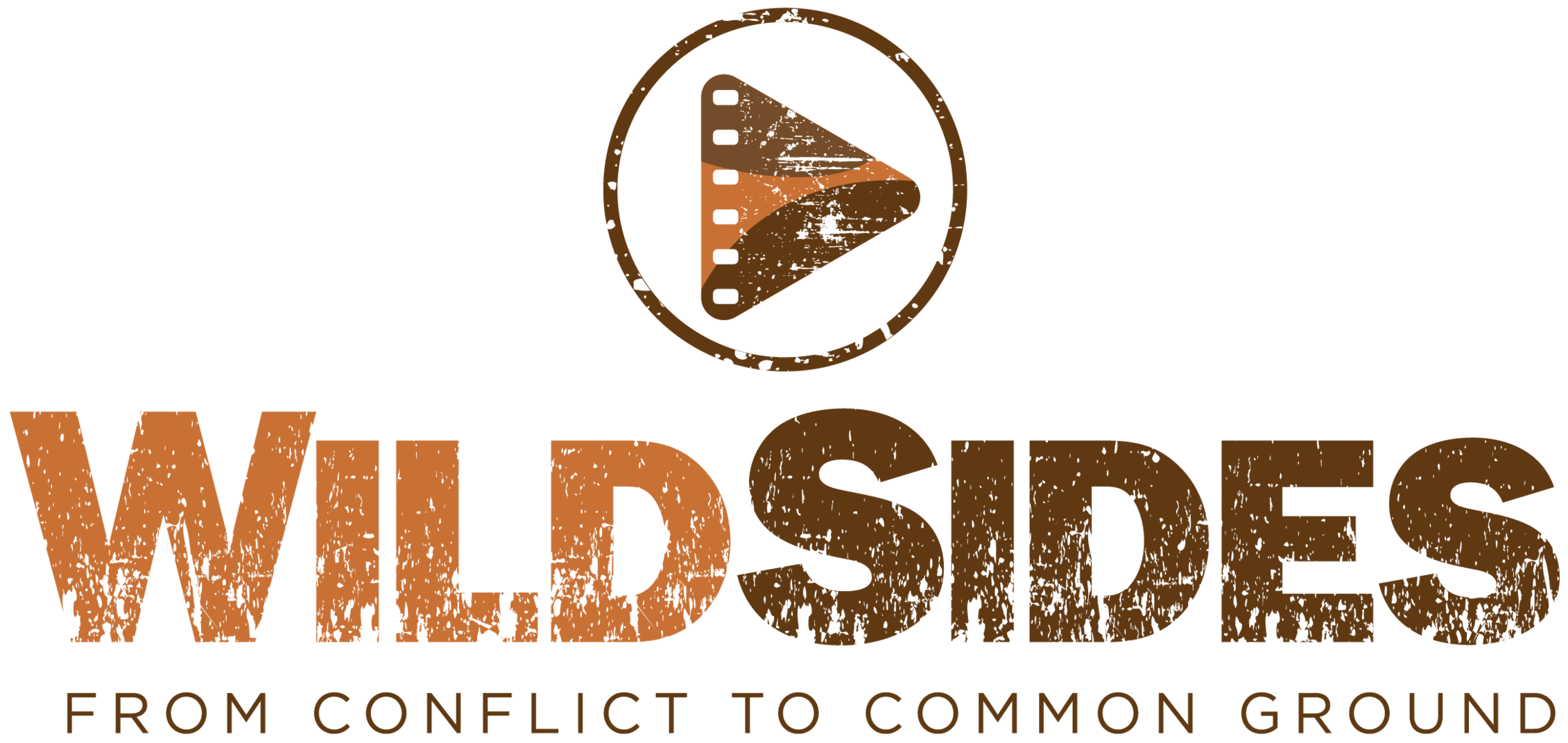Protecting Summer Hot Spots
Summer has begun and people are heading toward the water for the season to beat the heat and enjoy the great outdoors. Locals and vacationers may notice slight changes in their beloved beach bungalows and fishing holes. Here’s a look at two locations people visit to beat the heat and enjoy wildlife.
Hatteras Island, a popular vacation spot in the Outer Banks of North Carolina, connects to the mainland by Highway 12’s Bonner Bridge. The Southern Environmental Law Center says that, “the road is often washed out as sea level rises, and extreme weather has only made the problem worse.”
Highway 12 Proposal (Southern Environmental Law Center)
Unfortunately, additional efforts to restore Highway 12 have been a hindrance to wildlife at Pea Island National Wildlife Refuge. The Defenders of Wildlife and the National Wildlife Refuge Association proposed replacing Bonner Bridge in hopes of minimizing future repairs and restoring the refuge. The State has agreed to this proposal. The proponents of the plan for upgraded transportation infrastructure say it will benefit the overall landscape, wildlife and tourism.
North Carolina has already spent millions of tax dollars on repairs every time the bridge washes out. They contend that by replacing it, rather than continuing repair, would allow the state to allocate taxes to other useful projects in the future.
To read more about the project click here.
The Colorado River is another summer hot spot. Experts say the building of the dams along the Colorado River has ultimately shifted the river’s original flow, temperature and habitat. The US Fish and Wildlife Service states that one hundred years ago 13 native species of fish resided in the river. Four of the 13 native species are still seen in the river but are currently considered endangered: bonytail (Gila elegans), humpback chub (Gila elegans), Colorado pikeminnow (Ptychocheilus lucius) and razorback sucker (Xyrauchen texanus).
Bonytail Fish (US Fish and Wildlife Service)
Fifty nonnative species have made their way into the river basin as a result of man made river alteration. The overpowering nonnative-to-native fish ratio puts native fish in danger. Many of the nonnative fish entering the river are predators of the native bonytail fish.
The Upper Colorado River Endangered Fish Recovery Program is working to preserve the last four native fish species by controlling these nonnative fish. One way of fish control is the annual “burbot bash.” This fishing tournament is a win-win for the river’s native species and for people who enjoy coming out and visiting the Colorado River and practicing their favorite sport.
To read more about the Upper Colorado River Endangered Fish Recovery Program click here.
This summer, notice the alteration of your vacation spot from the time before. Are any changes being made? Is new wildlife appearing? Disappearing? So much is being done behind the scenes to preserve our favorite get-a-ways. It may be worth your while to look into these things. Individuals like you have a say! Become aware of what’s happening in your summer backyard and be a small part of the change. A small voice can go a long way.
